It’s no secret round these parts that we love a good period property: so much so that we’ve made them our speciality. There’s a huge variety of Victorian and Edwardian homes in Leyton, Leytonstone and Forest Gate...
It’s no secret round these parts that we love a good period property: so much so that we’ve made them our speciality. There’s a huge variety of Victorian and Edwardian homes in Leyton, Leytonstone and Forest Gate, from purpose-built maisonettes, to terraces big and small as well as large detached villas. And with their interiors made more interesting by the creativity of their owners, every property brings an element of surprise.
Our resident writer is a fellow fan and here, Joanna Thornhill – interiors stylist, author and Victorian-terrace-dweller – waxes lyrical on the qualities of Victorian and Edwardian homes, and why they still reign supreme for modern-day living.
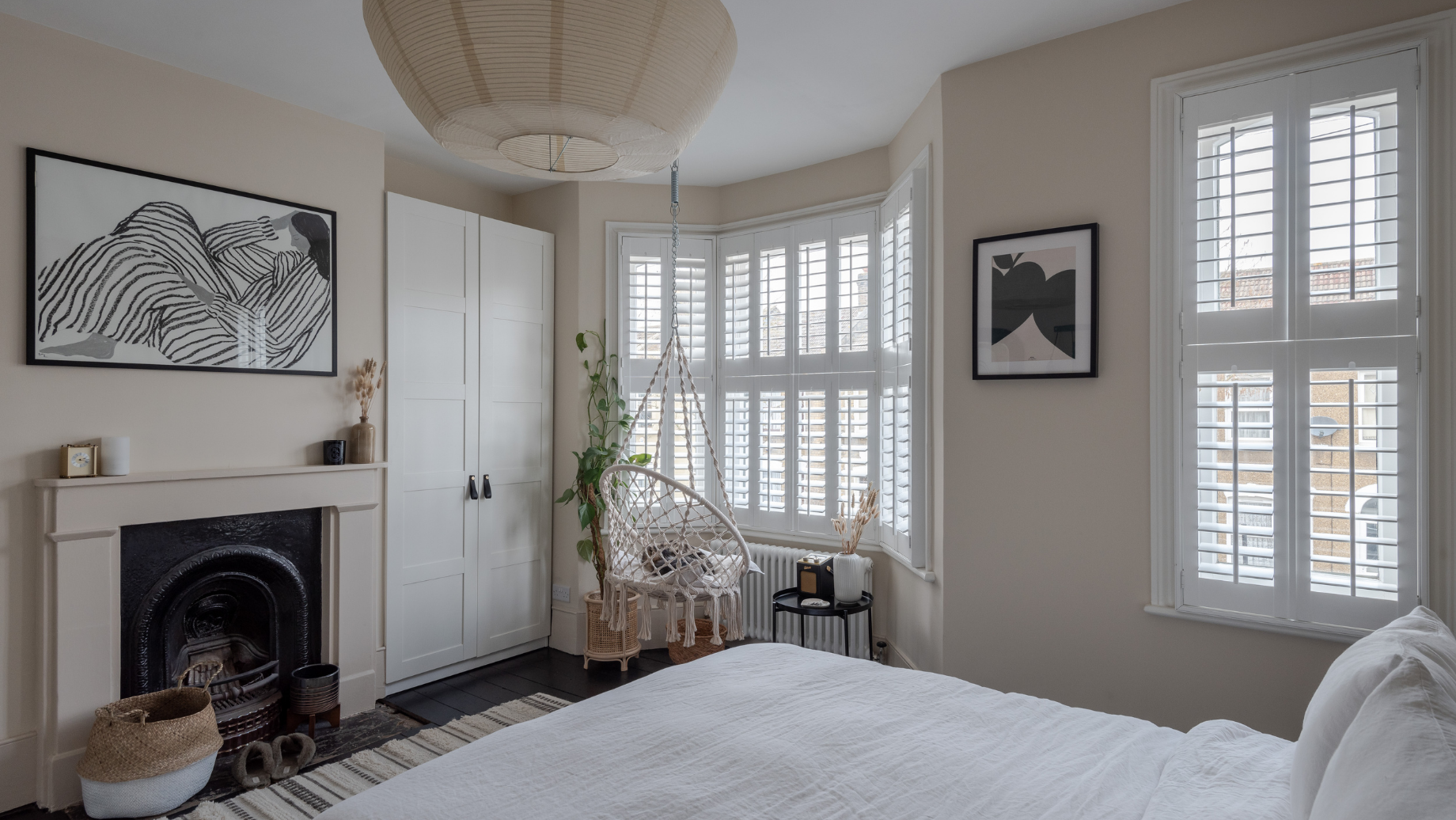
Superior storage space: While some rooms within newbuilds can struggle to accommodate even the basic furniture they require, never mind offering any built-in storage, the Victorians and Edwardians approached things somewhat differently.
Although many houses have lost their traditional pantries, you’ll often find the original purpose-built cupboards – fitted into alcoves, under stairs or in wider hallways – have survived decades of refurbs, because they offer invaluable spaces to stash all manner of stuff.
Generous master bedrooms: According to the National Bed Federation, opting for the biggest bed you can fit in your room – ideally at least a king-size for a couple – is one of the best ways to ensure a better night’s sleep (a standard double provides a mere 2ft 3in of sleeping space per person which is, by scale, less room than a baby has in a cot).
Although some newbuild properties may have more equally-sized bedrooms, the compromise is usually that both of them are smaller, meaning a standard Victorian terrace will usually offer that bit of extra space in the main boudoir for families and couples.
Better height and light: If lockdown has taught us anything, it’s how claustrophobic our homes can make us feel if they’re lacking in space, and ceiling heights are an important factor in that mix. When square footage carries a London premium, even a relatively small room can be lifted if it’s lucky enough to have a decent ceiling height and generous windows, both of which tend to come as standard with older properties. This not only tricks the eye into perceiving the space to be bigger; it can also help with air circulation, leading to a healthier (and therefore happier) home.

Versatile layouts: The ways we use our Victorian and Edwardian homes have changed drastically from their first residents a century or so ago, and they offer surprising versatility. With the traditional terrace layout of a front sitting room, dining space in the middle and kitchen at the back, there’s usually scope to make significant alterations that improve the size and flow of these spaces, and without feeling like you’re simply ‘living’ in a kitchen (as can be the case in modern apartments).
Side returns – fairly redundant today – are ripe for extensions to offer a larger and sociable kitchen/dining experience, whilst still retaining a fully separate sitting space at the front of the house. If your home doesn’t already them, consider installing double doors between the living and dining areas, allowing you to switch between fully open-plan living or more separate enclosed spaces. The optimal mix of privacy and flexibility as your needs change throughout the day.
Bathed in light: Often, newbuild apartments squeeze bathrooms and en-suites into internal floorspace, resulting in aproperty-developer-efficient, yet otherwise pretty depressing, windowless bathroom. As period homes will have had their bathing spaces retro-fitted, often these can be found in fairly generously-sized former bedrooms, whilst also benefitting from those often equally generously sized windows.
Not only is daylight hugely beneficial to our wellbeing and circadian rhythm, it can also be considered a more eco-friendly option, only requiring electricity to light the room at night or run an extractor fan when it’s too cold to crack a window open.
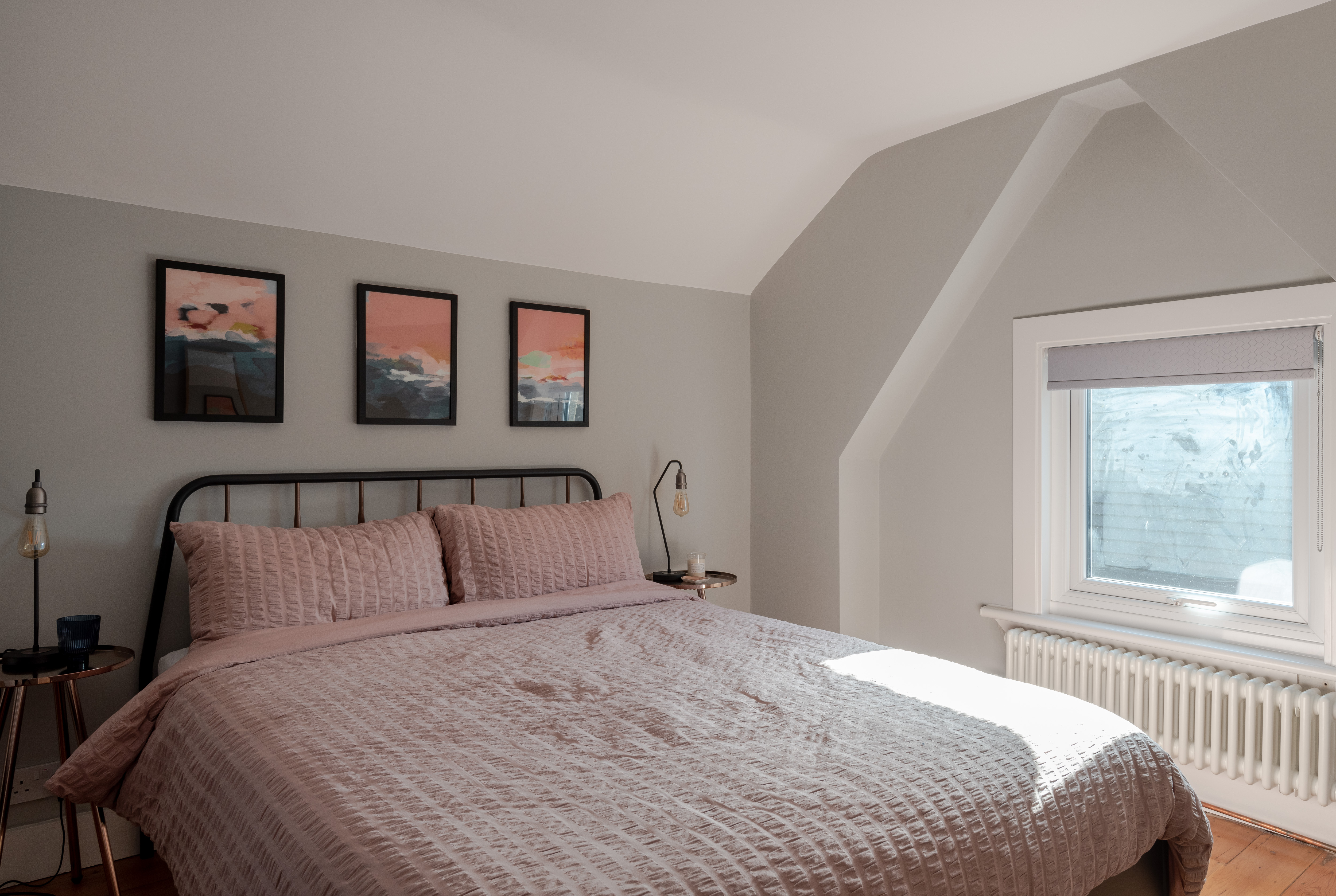
Going up in the world: If you’re a London dweller, you won’t fail to have noticed the proliferation of loft conversions on every street in recent years.
With property prices still moving at pace, many homeowners are moving up rather than away, and a typical Victorian or Edwardian loft space is relatively easy to convert into a generous master suite, or even two beds and a bathroom if you’re strategic. And with a London loft conversion adding an average of almost 25% to property values, they offer a great bang for your buck, too.
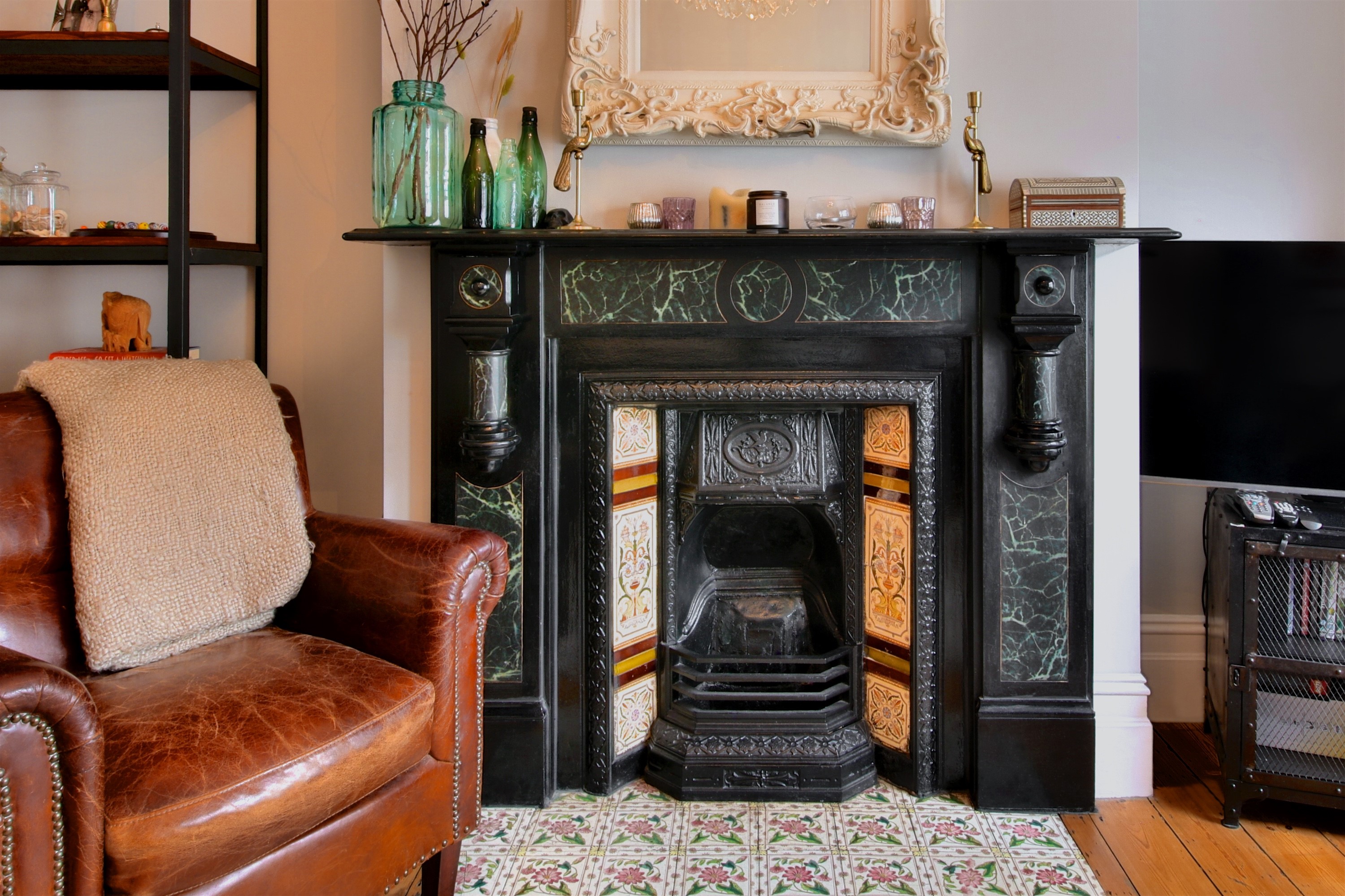
Charm and character: Clever decorating in a characterless newbuild can take you far, but nothing beats the charm of an older property packed with period details.
Whether purely decorative or fitted with a modern living flame fire, the fireplace still remains the heart – and centrepiece - of any intact Victorian or Edwardian sitting room, offering a natural focus for decorating and layout. And if you’re lucky, those high ceilings discussed earlier will have retained their original coving, ceiling roses and picture rails, giving the eye added interest.
You’ll usually find perfectly salvageable original floorboards lurking under any laminate or carpet, which bring inherent charm into any space. Dig a little more and you may find other treasures, too, from hidden wood-panelled walls to sections of original plaster and wallpaper. This sense of connection to the past can really help root you into your home, which – like all the best feelings – is ultimately priceless.
What’s your favourite aspect about living in a period property – and would you always go vintage, or be tempted by the new?
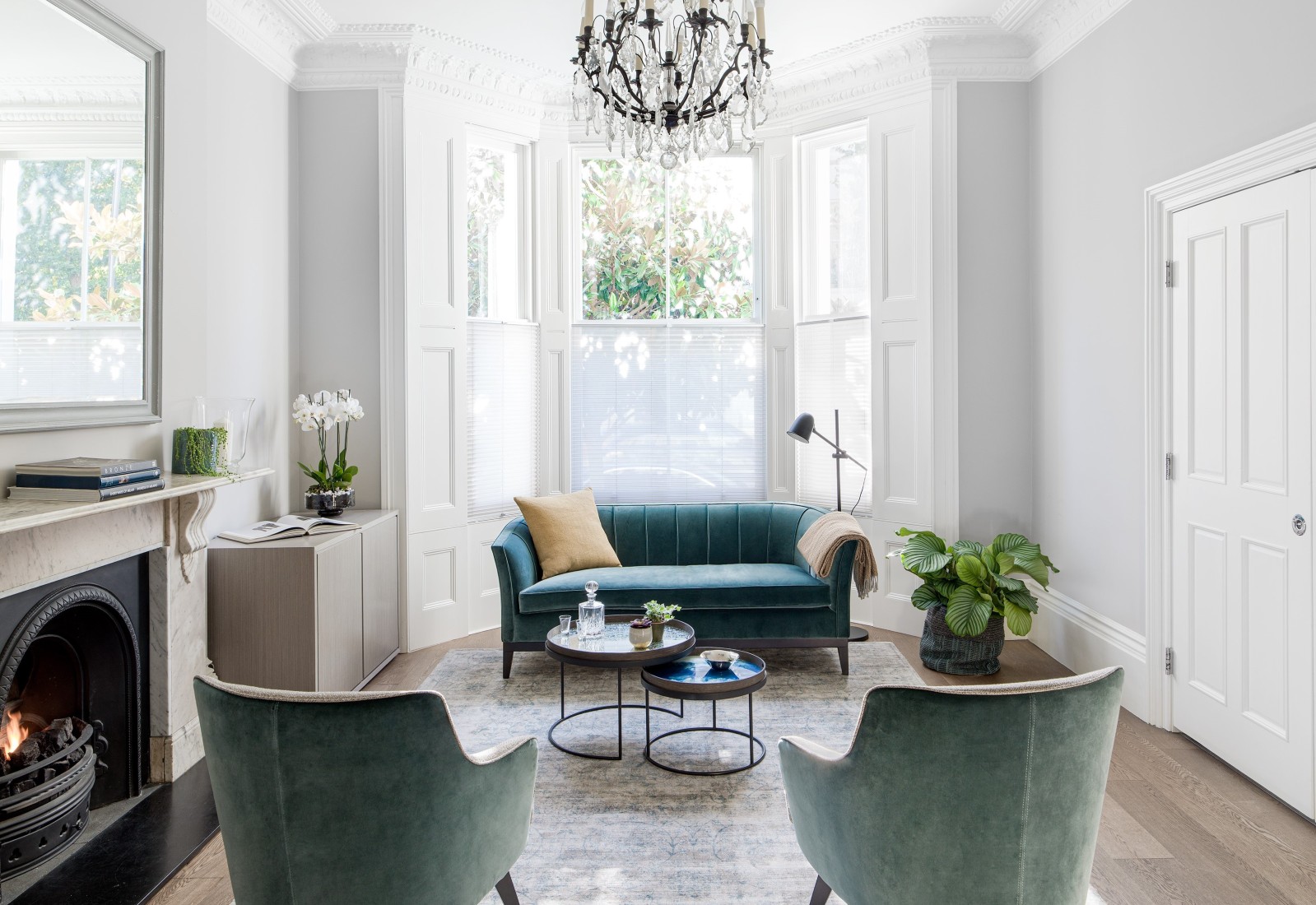

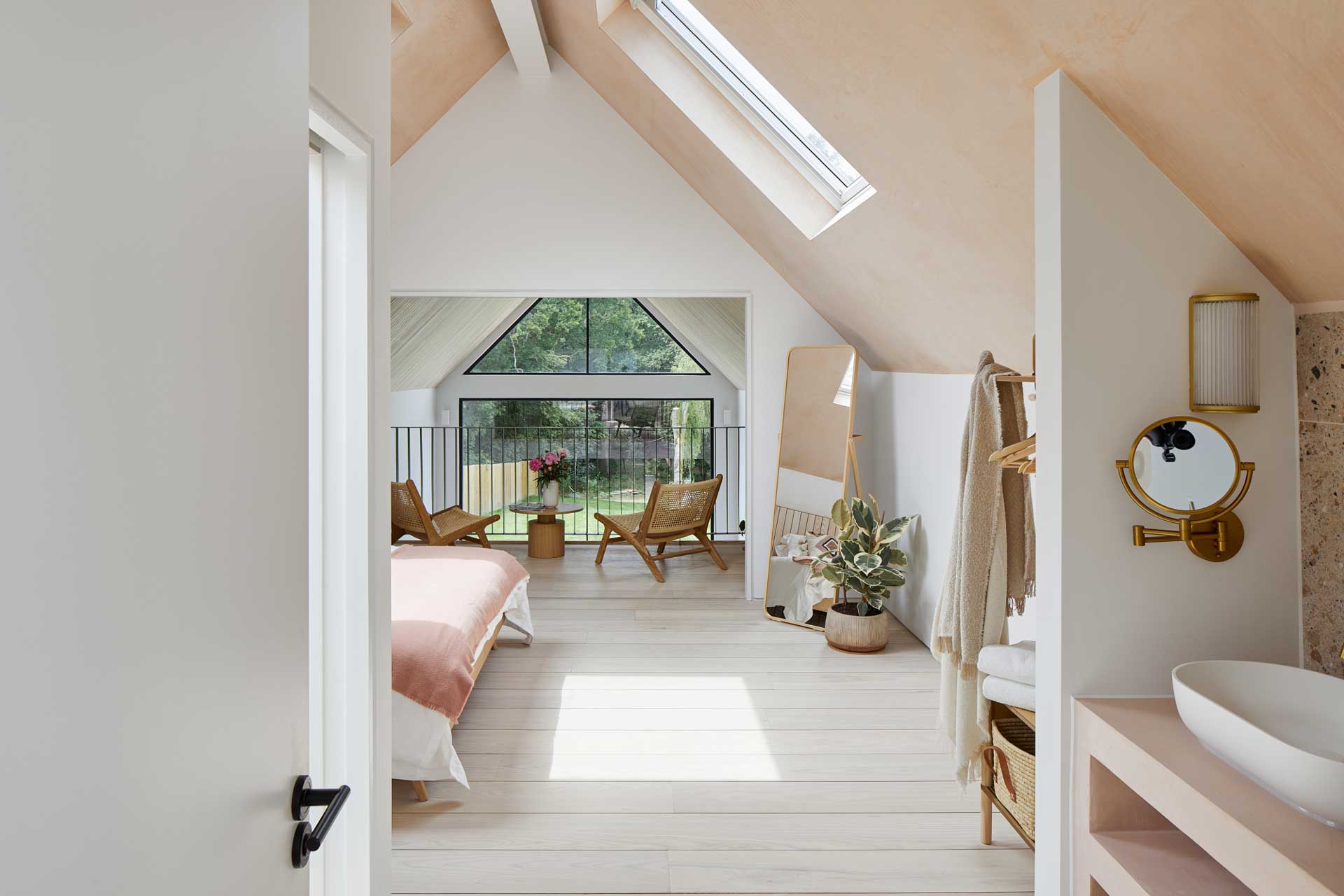
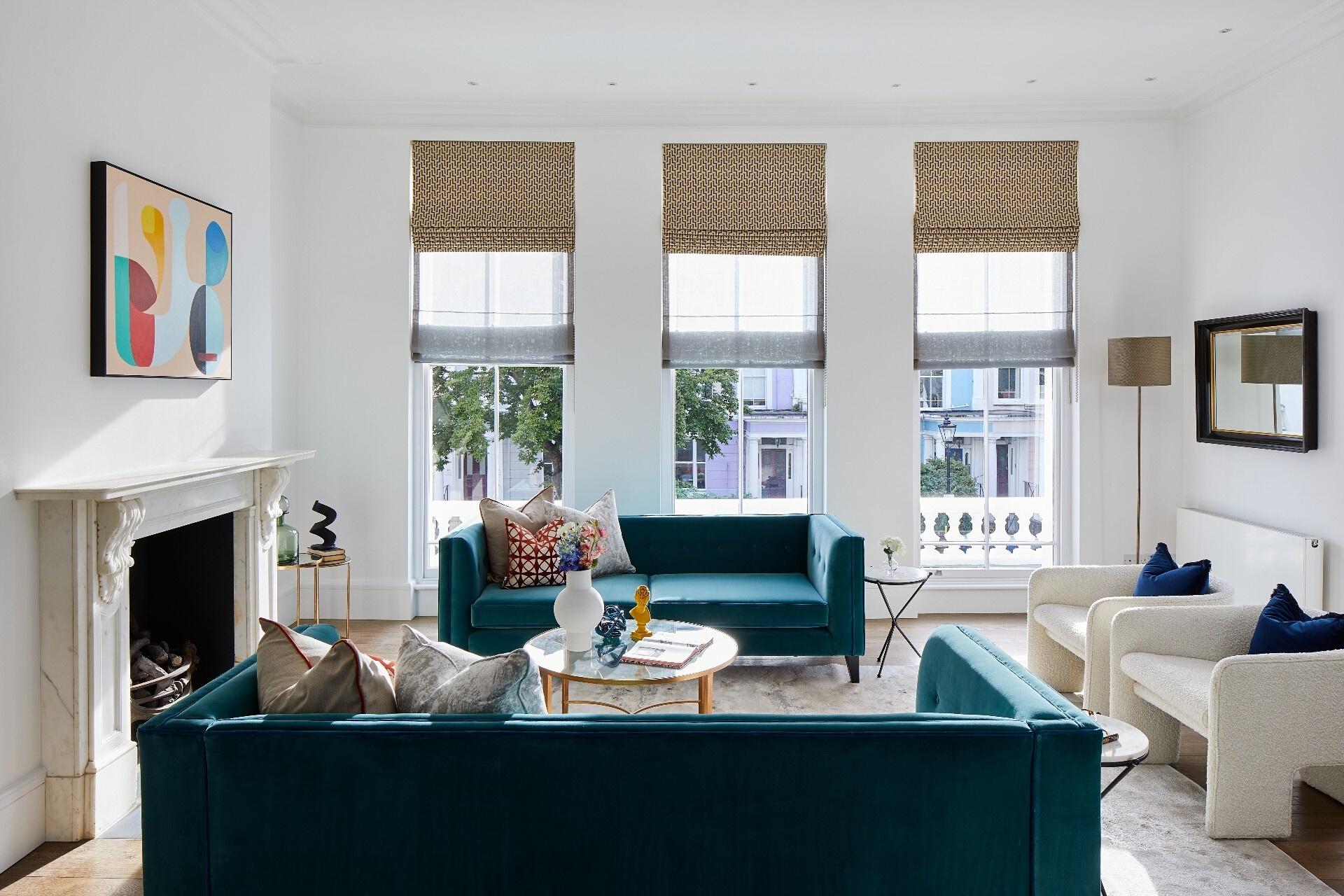
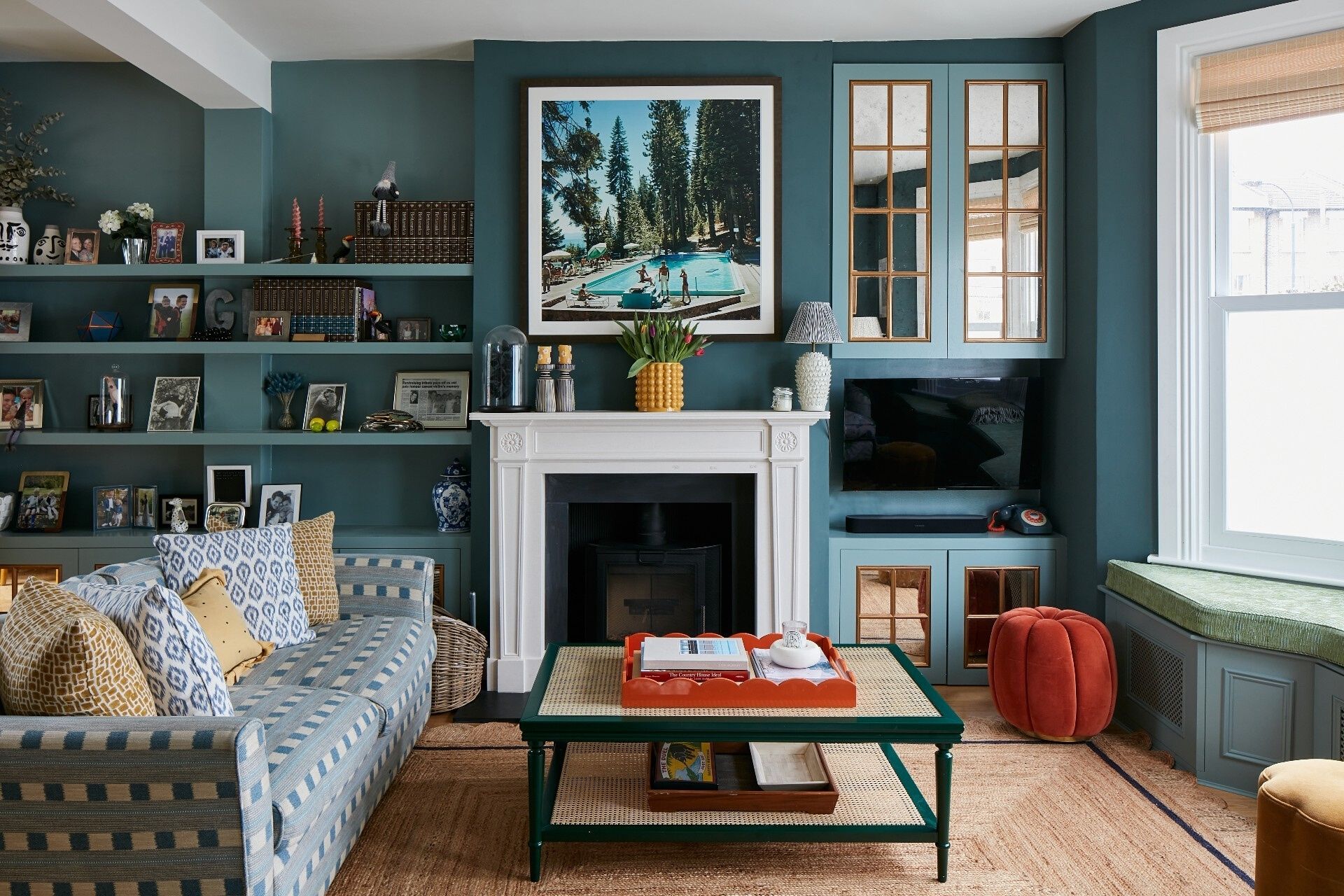
Share this with
Email
Facebook
Messenger
Twitter
Pinterest
LinkedIn
Copy this link